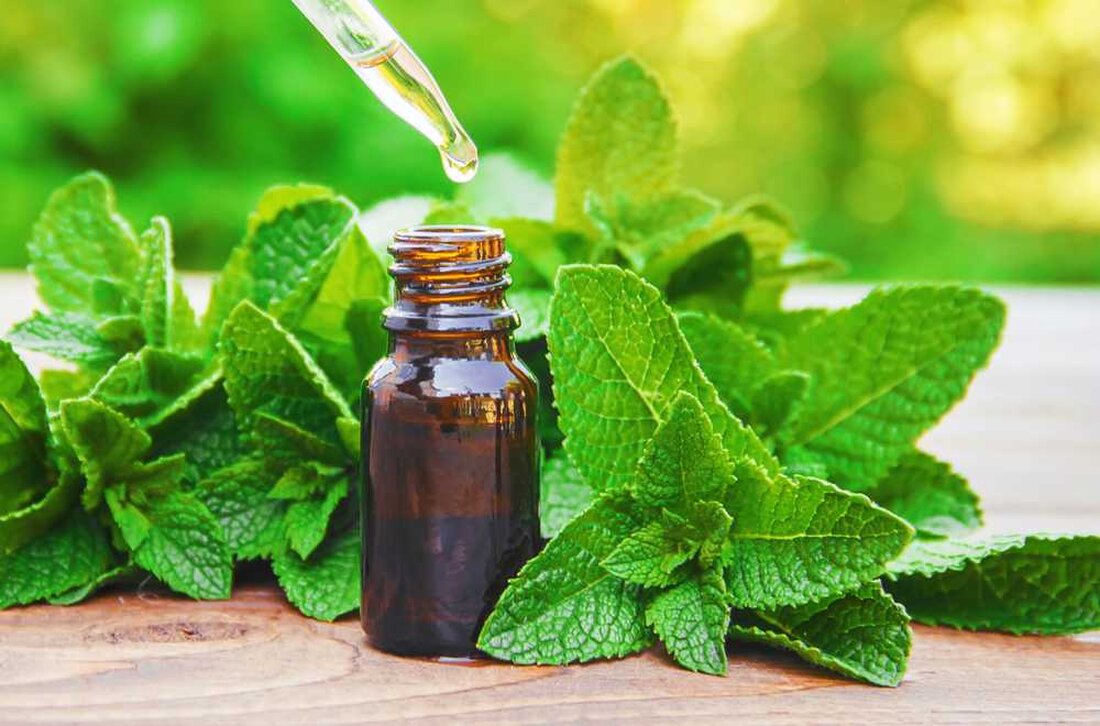Natural Insect Control Solutions: The Power of Peppermint
Are you tired of dealing with annoying insects in and around your home? Instead of resorting to chemical-laden bug sprays and store-bought insect repellents, consider using peppermint as a natural alternative. Not only do insects detest the scent of peppermint, but it has also been shown to be effective in repelling a variety of pests. With a few simple steps, you can create your own peppermint-based solutions to keep your home bug-free. Why peppermint? Peppermint is an intolerable irritant to most insects. In fact, the stick bug emits a milky substance with a peppermint smell to ward off predators. Peppermint is an effective...

Natural Insect Control Solutions: The Power of Peppermint
Are you tired of dealing with annoying insects in and around your home? Instead of resorting to chemical-laden bug sprays and store-bought insect repellents, consider using peppermint as a natural alternative. Not only do insects detest the scent of peppermint, but it has also been shown to be effective in repelling a variety of pests. With a few simple steps, you can create your own peppermint-based solutions to keep your home bug-free.
Why peppermint?
Peppermint is an intolerable irritant to most insects. In fact, the stick bug emits a milky substance with a peppermint smell to ward off predators. Peppermint is an effective natural repellent against beetles, caterpillars, fleas, flies, lice, mice, moths, cockroaches and more.
The scientific proof
“A 2001 study by researchers at Auburn University tested the effects of mint oil on two of the most common cockroach species: American cockroaches and German cockroaches.
What they found is surprising – and great news for millions of homeowners across the U.S. looking for a simple, safe and natural way to repel cockroaches.”
Every day of their 14 day experiment
The mint oil repelled 100% of the cockroaches
. 100%! This is a significant result.
Studies have also shown that peppermint oil can protect against mosquito bites for up to 150 minutes when applied to the skin!
Using peppermint throughout the home
If you're dealing with spiders, ants, mosquitoes, and other insects, try 100 percent pure peppermint oil. You can find it at your local health or grocery store. Follow these simple steps to make the most of peppermint's insect-repelling properties:
- Tragen Sie Pfefferminzöl auf einen Wattebausch auf und platzieren Sie ihn an Stellen, an denen häufig Insekten zu sehen sind, z. B. auf Fensterbänken oder in der Nähe von Türen.
- Erstellen Sie ein Pfefferminzspray, indem Sie 5 bis 10 Tropfen ätherisches Öl pro Unze heißem Wasser in einer Sprühflasche mischen. Verwenden Sie diese Mischung zum Besprühen von Arbeitsplatten, Möbeln, Vorhängen, Jalousien und schwer zugänglichen Stellen. Testen Sie zuerst auf einer kleinen Fläche, um sicherzustellen, dass das Öl die Gegenstände, die Sie besprühen möchten, nicht beschädigt.
- Tragen Sie die Mischung für die Verwendung im Freien auf Ihre Haut auf, aber testen Sie sie zuerst auf einer kleinen Hautstelle, da manche Menschen mit empfindlicher Haut das Öl reizen können.
DIY Peppermint Insect Repellent (Option 2)
If you want to try another homemade peppermint solution, consider this easy recipe:
Ingredients:
- 10 Tropfen ätherisches Pfefferminzöl
- 16 Unzen. aus Wasser
Instructions:
- Mischen Sie 10 Tropfen ätherisches Pfefferminzöl mit 16 oz. aus Wasser.
- Gib die Mischung in eine Sprühflasche.
- Sprühen Sie die Mischung auf Arbeitsplatten, Möbel, Jalousien und andere Bereiche, in denen Insekten vorhanden sind.
Safety concerns with traditional insect repellents
Most store-bought insect repellents contain DEET (N,N-diethyl-meta-toluamide), a chemical that has been linked to memory loss and other behavioral changes in rats after prolonged exposure. The Toxic Substances and Disease Registry has also listed eight deaths directly related to the ingestion or topical application of DEET. By choosing natural alternatives like peppermint, you can effectively repel insects without exposing yourself or your family to potentially harmful chemicals.
Peppermint oil is a safe, natural and effective solution to keeping your home insect-free. By using peppermint oil in a variety of ways, you can enjoy an insect-free environment without resorting to potentially harmful chemicals found in traditional insect repellents.
Sources:

 Suche
Suche
 Mein Konto
Mein Konto
